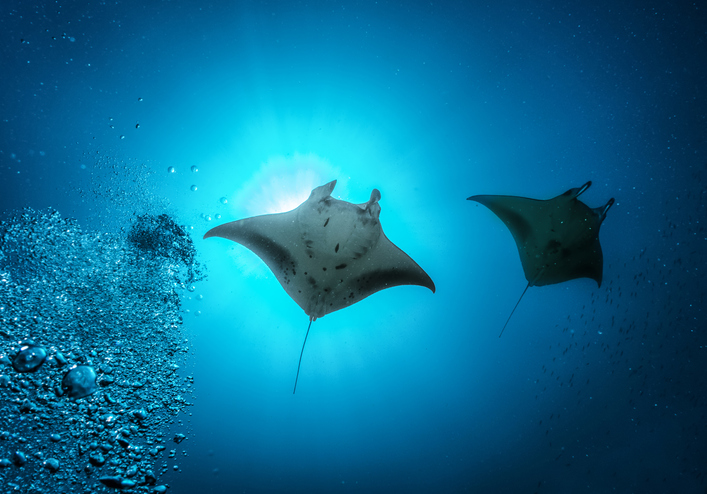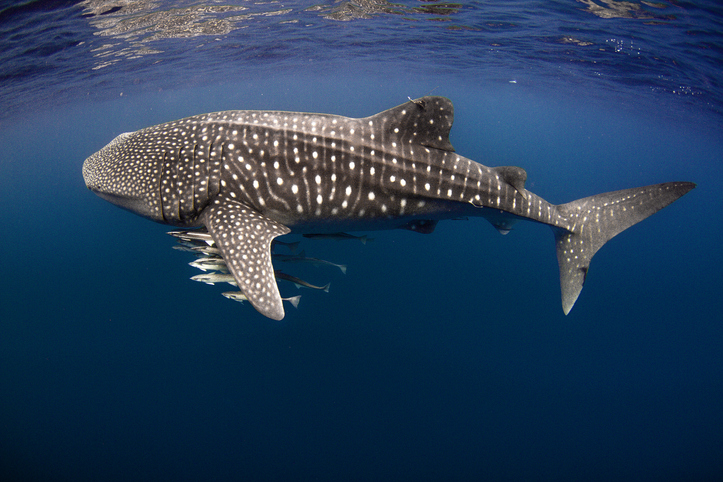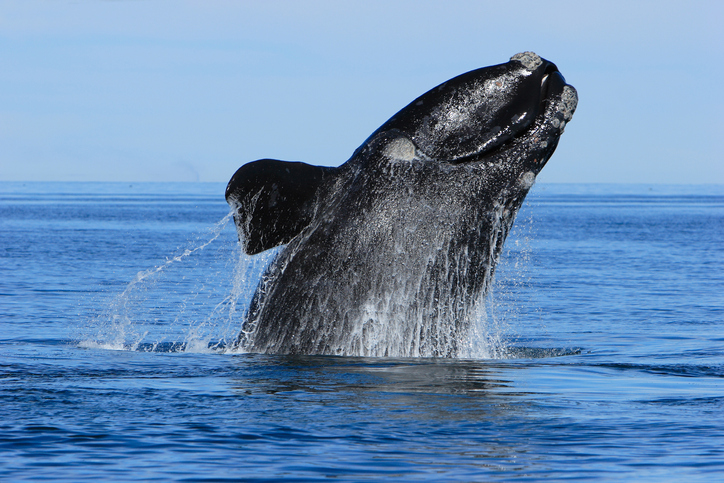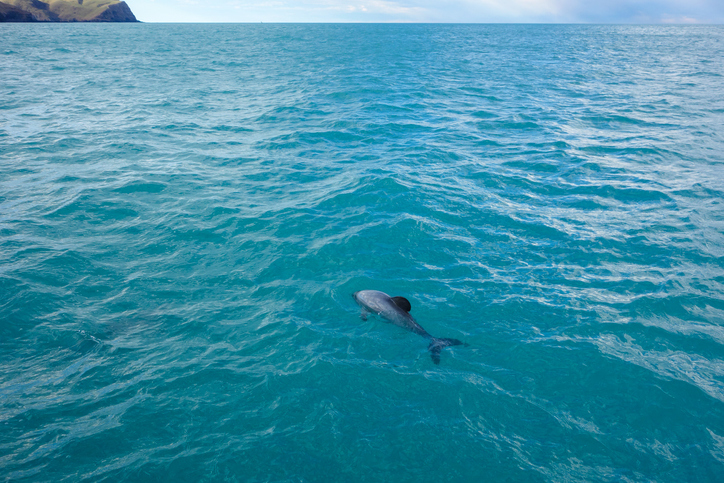It’s no secret that climate change, overfishing, pollution, degradation and habitat loss are having an untold impact on marine life. But the extent of such a decline may come as a surprise to many.
According to the IUCN (International Union for the Conservation of Nature), 2,270 marine species are now classified as endangered, with 25% of those on the “Red List” – meaning a very real risk of extinction. That’s over 560 unique species that could be lost for good.
Startling statistics indeed, and heartbreaking when you look at some of the incredible animals we stand to see disappear from our seas and oceans for good. So, which animals are most at risk from extinction? Let’s find out by taking a look at some of the ocean’s most endangered species.
Giant manta ray

Rays are extraordinary creatures and biologists believe there are around 630 unique species in our seas and oceans – including those found in the Solent Seas exhibit here at Portsmouth Aquarium. Sadly, the largest and arguably most iconic of these otherworldly creatures, the giant manta ray is now critically endangered, with experts estimating that only 1,500 remain in the wild.
With a wingspan of up to 30 feet, manta rays are certainly a sight to behold in the depths. Slow growing and migratory, it can be difficult to track their numbers, with the IUCN first adding them to its critically endangered red list in 2020.
So, why are these majestic animals struggling? Tragically, they’re highly prized for their gill plates, which are consumed for medicinal purposes in China. They’re also considered a delicacy in some Asian countries.
However, human persecution isn’t thought to be the only reason why giant manta rays are teetering on the brink of extinction. Since the animals only calf one offspring every few years, their population simply can’t keep pace with decline – a fact compounded by the slow rate at which they reach sexual maturity.
Whale sharks

Featured on many a wildlife programme for their vast size and placid, curious nature; whale sharks are the largest fish in our oceans, and one that is facing a monumental struggle for survival.
Over the past 75 years, the IUCN has recorded a 63% decline in whale shark numbers, with their numbers now standing at between 200,000-250,000 animals. Should the population continue to fall at this historic rate, experts believe that the mighty whale shark could dwindle towards extinction within the next 50 years.
And what a loss that would be. Whale sharks form a fundamental part of the ecosystems in which they live, helping to provide shelter for smaller species while filtering our seas and oceans. Paradoxically, it’s this very filter feeding which has contributed to their sharp decline, with whale sharks vulnerable to the threat presented by plastic pollution, contaminants and other water-borne toxins.
Elsewhere, a new phenomenon known as “whale shark tourism” is also thought to be having a significant impact on their numbers. Being naturally curious, whale sharks are known to approach tourist boats and scuba divers, but this can disrupt their feeding patterns and lead them to become entangled in fishing lines. Indeed, whale shark tourism has become such an issue that campaign groups are now calling for whale shark watching tours to be banned.
North Atlantic right whale

Whales have long suffered persecution at the hands of man, and even now, their numbers are threatened by human interference. This is particularly true for the North Atlantic right whale, whose numbers have fallen sharply in recent years, as a result of fishing net entanglement off the east coast of the US.
Right whales are one of 16 species of baleen whales, a carnivorous group that also includes the mighty blue whale. Although North Atlantic right whales can’t compete with their blue counterparts in size, they’re still impressive in stature, with the largest animal ever recorded coming in at over 18 metres.
Right whales are particularly docile and can often be found swimming slowly close to the surface. This, coupled with their high blubber content, led them to become one of the most hunted whales of the 19th century, with their numbers suffering a massive decline at the hands of whalers from Europe and the New World.
Although whaling has been outlawed on both sides of the Atlantic since the 1970s, North Atlantic right whale numbers have continued to fall. This is largely due to the animals becoming entangled in fishing gear, despite the industry moving towards “ropeless” equipment in recent years.
Vaquita

You may never have heard of the Vaquita and, sadly, there may not be much time left to learn about this elusive and beautiful animal. One of the smallest known species of dolphins, the vaquita is native to the Gulf of Mexico, where its numbers are thought to have dwindled into double fingers as a result of unregulated fishing practices.
The smallest known cetacean in the world, the vaquita is a type of porpoise that shares similar characteristics with the dolphin. Fully grown females (which are typically larger than males) are thought to reach a maximum of 1.5 metres – approximately half the size of their bottlenose cousins.
According to the IUCN, there could be as few as 10 vaquita dolphins left in the wild, with their numbers declining by a staggering 96% in a ten-year period. This makes the vaquita one of the most critically endangered species in our oceans and one that could be lost for good in the not-too-distant future.
We understand that this post may have made for difficult reading, but sadly, it reflects the reality facing many of our beloved marine species. There are, of course, lots of campaign groups working tirelessly to protect and restore endangered aquatic animals all around the world, and lots of ways to help protect marine environments yourself. Be sure to read our complete conservation guide for additional advice and resources, or visit our homepage to plan your next visit to Blue Reef Aquarium Portsmouth.
